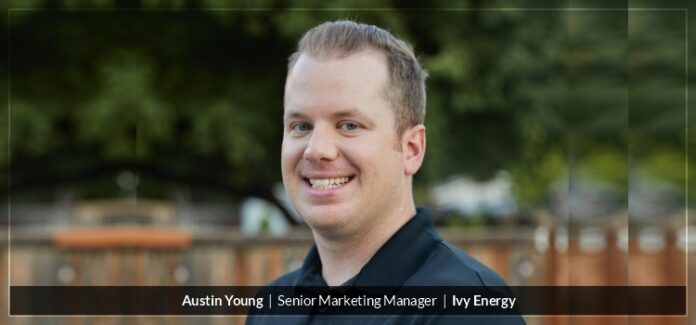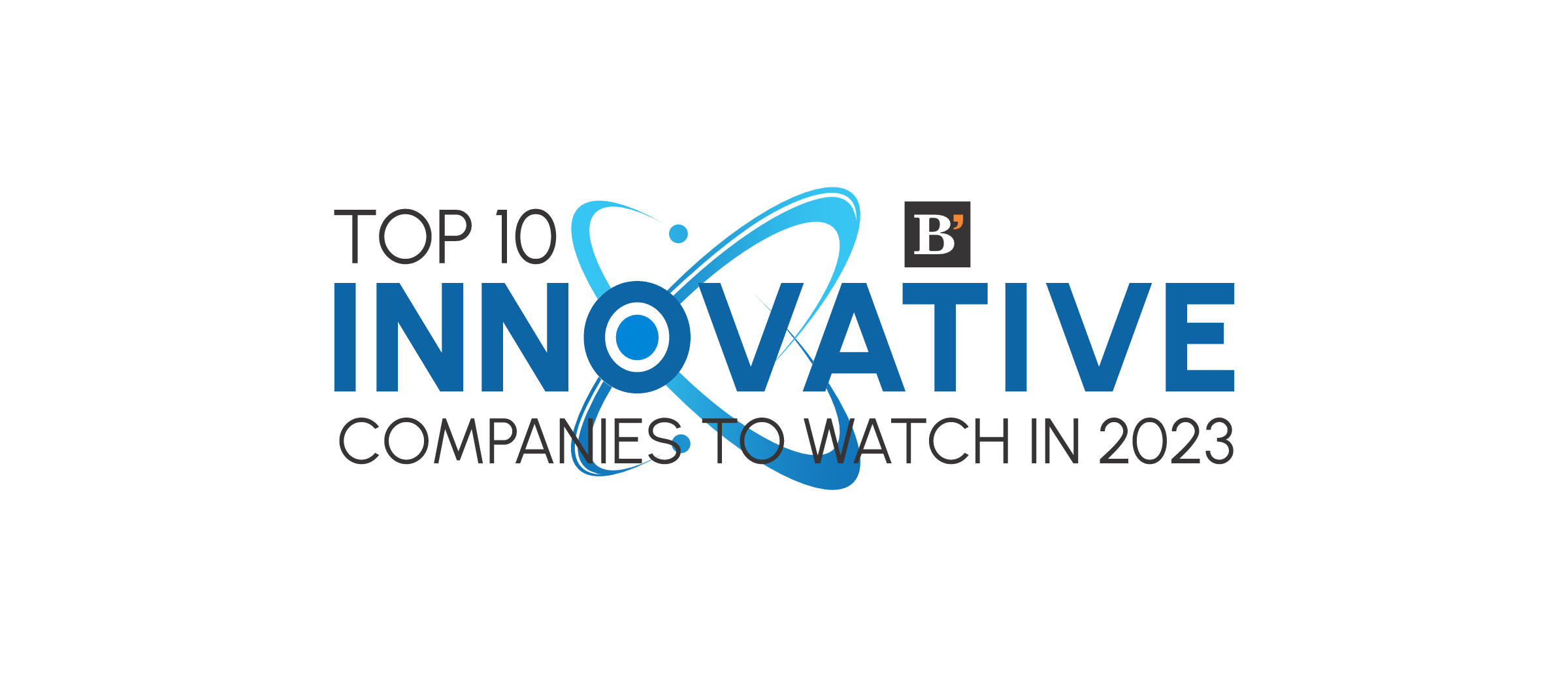The market for solar in single-family houses has rocketed in the last 15 years. However, multi-family housing has been left out. In California alone, real estate owners need to consider the opportunity to deliver tens of millions of yearly energy savings to residents along with billions of dollars of market value, while making the housing stock more resilient and sustainable.
The key issue is the distribution of solar energy between multiple units in a transparent, compliant, and fair manner. Further, there is a problem regarding the connection of utility companies’ data. The majority of owners have not switched to solar due to issues like lack of clear financial benefits to residents, accurate discounting, liability issues, the margin of opportunity in avoided cost, as well as complicated management and allocation. Moreover, there is no way for owners to find out what is fair to charge and there is a lack of a path to a return on investment.
Making the switch to Solar
Reflecting upon the reasons that stop property owners from switching to solar energy, Dover Janis came up with the plan of launching Ivy Energy in an effort to try and solve the split incentive problem once and for all. Janis, the Founder & CEO, believes that all energy consumers, whether they own a home or rent one, must have access to clean energy. Moreover, making a switch to solar energy can aid in the reduction of fossil fuel demand, reduce greenhouse gas emissions, and decrease carbon footprint. Thus, the Virtual Grid software was developed to provide multi-family residents with access to clean energy savings.
Since there are numerous reasons stopping the owners from making the switch to solar, Ivy Energy decided to handle all of them. The company’s software makes it easy for property owners to distribute solar energy savings to residents. In addition to this, Ivy Energy also generates predictable investment returns, manages operations and fair allocations, and promotes a new kind of real estate income.
Ivy Virtual Grid creates positive cash flow for property owners by opening energy revenue for multi-tenant properties. It calculates and shares the real-time advantages of an onsite energy resource economically, fairly, and accurately.
The Idea Behind the Establishment of Ivy Energy
In the words of the Senior Marketing Manager at the company, Austin Young, “Ivy Energy began with the question of why multi-unit buildings weren’t adopting onsite solar at the rate single-family homes were.” He further explains, “The answer was the split incentive issue of how to fairly distribute and transact for the benefits of solar energy within shared communities.”
Utilizing Janis’ background in solar along with the development of metering technology, the Ivy team developed the Virtual Grid software for simplifying the logistics of solar on shared buildings. The solution was officially launched in 2019 for shared communities and building owners. This approach to innovation was entirely concentrated on solving the issues for all stakeholders that contribute greatly to the deployment and consumption of clean energy in shared property communities.
Virtual Grid by Ivy – The Innovative Solution
Ivy Energy formed a consumer-friendly structure wherein both residents and owners can benefit from an onsite solar asset. In fact, Virtual Grid by Ivy is the first solar billing software of its type, resolving the split incentive issue of transacting solar energy among residents in shared properties. The software is the most intelligent DER value management and solar billing platform that allows users to experience grid-supportive, equitable billing.
Rather than flat solar discounting, the platform utilizes proprietary algorithms and smart grid logic for the fair distribution of solar energy. This offers all participating residents real-time access along with impartial distribution of solar advantages that align with every resident’s real energy usage. Further, this not only helps tenants save money but also aids owners by augmenting their net operating income. Besides, the software makes it easier for residents to comprehend the amount of energy usage, the amount they would have paid without the use of solar, the amount they are actually paying, and the overall savings through the solar program.
Additionally, residents also get to gain insight into the ways in which their solar participation has led to a positive impact on the planet. Opting into the program is easy, free, and offers residents valuable information regarding their energy usage.
Young explains, “Virtual Grid empowers real estate owners to become onsite solar energy “hosts” and generate a new automated net operating income (NOI) by distributing clean energy to their residents. This framework ensures solar benefits and associated costs are shared with residents and recovered according to the building owner’s financial goals. Owners can easily integrate our Virtual Grid reporting and ROI tracking with their existing billing system.
“Part of our turnkey managed support service includes customized data access for the owner’s management team, making the switch to Virtual Grid hassle-free. Ivy’s clear and easy-to-understand digital billing statements are the key to creating a consumer-friendly solar experience.”
What Makes Ivy Energy Stand Out?
According to Young, “Ivy Energy provides a turnkey split value billing solution for real estate owners to increase net operating income by deploying solar energy assets and distributing the benefits amongst residents.” The company is encouraging the adoption of grid-supportive clean energy sources for shared properties through innovation that supports solar energy usage, impacts the environment positively, augments real estate market value, and generates benefits associated with social equity.
The Ivy Team comes from a variety of backgrounds, including but not limited to solar industry operations, energy monitoring software, and real estate development. The business is focused on resolving the issues of all stakeholders that contribute to transforming the deployment and consumption of clean energy in shared real estate communities. Young boasts, “For the first time in the history of shared buildings, there is finally a viable solution to efficiently remove an entire community’s energy consumption footprint and replace it with onsite clean energy.”
By allowing the mass adoption of solar energy in shared communities, Ivy successfully builds social equity for non-home-owning energy consumers who were earlier excluded from the clean energy revolution. Moreover, instead of utilizing linear sub-metering, the company’s Virtual Grid Services offers a more unbiased method and serves as a solar utility inside the community. This makes individuals prefer this approach over similar other methods.
The software makes Ivy stand apart since it is presently the only package available in the market that offers the highest level of assurance to real estate owners regarding proper monetization of energy generation. This is because of its design and the way in which it separates solar generation value from the cost of consumption. Moreover, Young explains, it “only discounts actual avoided cost value created from a DER, thus providing maximum assurance that discounts reflect true cost savings and not hard expenses.”
Utilizing high-quality data on unit-level consumption and solar energy production, Ivy energy shows property owners how they can manage the return on investment. Further, it also shows residents how they can reduce their carbon footprint through the way of energy consumption, support the energy grid, and reduce the costs of energy.
Last but not the least, Ivy Energy leverages utility-grade monitoring data for calculating total community energy savings, total solar availability, and individual resident energy usage for distributing solar savings and accuracy to residents on each billing period.
Solar with Ivy – A Real-Life Example
Through the help of Virtual Grid combined with onsite solar on shared buildings, residents of shared buildings are now able to gain access to meaningful solar energy savings that they previously didnt have access to. Moreover, they have simultaneously allowed real estate owners to augment the market value of their properties.
Based on the mid-market case study in El Cajon, California, all the tenants were provided with a choice to enroll in the program offered by Ivy Energy. They received the solar bills a week before the due date and were required to pay the rent along with this bill on the first day of every month. The average yearly NOI per unit was $38,000.
As a result, it was found that the residential meter consumption was 192,240 kWh and the solar offset was 153,792 kWh (which was nearly 80 percent). Further, the average monthly unit consumption was 445 kWh, the average SDGE bill was $151.31, and the average monthly NOI per unit was $87.73. Moreover, the per unit cost post-tax benefits for solar was $5,600 and the breakeven was 3.5 years. Not to mention, there was a discount of $25.41, which is nearly 17 percent.
A property owner in the city after participating in the program said, “Ivy’s software has worked smoothly and produced higher than expected additional NOI. There have been no issues with billing statements or tenant concerns that were not promptly and effectively resolved by Ivy’s support team making the overall experience phenomenal.”
Ivy Energy – Plans for the Future
To date, 42,547,020 lbs. of coal have been avoided through Ivy-enabled communities. While the company plans to continue eliminating fossil fuel usage and further reduce the carbon footprint of residents, there are several other plans for the future. Currently, Ivy Energy is primarily in California but intends to expand to other states in the United States in the coming years. Besides, Young states, “We are also adding EV charging billing to our suite of products in the near term.” This will be greatly beneficial.
Additionally, by 2025, the company aims to achieve a $250 billion real estate market value for its customers, $60 million in annual savings for renters, and 6,000 clean energy jobs.
Pull Quote: “Ivy Energy provides a turnkey split value billing solution for real estate owners to increase net operating income by deploying solar energy assets and distributing the benefits amongst residents.”
Description of the Company: Ivy Energy is a company that formed a consumer-friendly structure wherein both residents and owners can benefit from an onsite solar asset. It aims to evolve the way in which shared buildings use, create, and think about energy.
Company Name: Ivy Energy
Founding Year: 2019
Office Locations: San Diego, California
Official Website of the Company: https://www.ivy-energy.com/
Name of the Featured Leader: Austin Young
Designation of the Leader: Senior Marketing Manager




